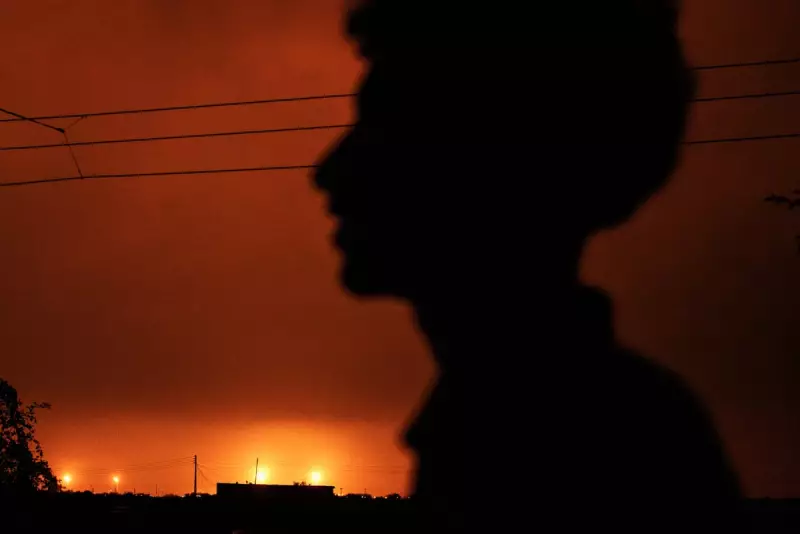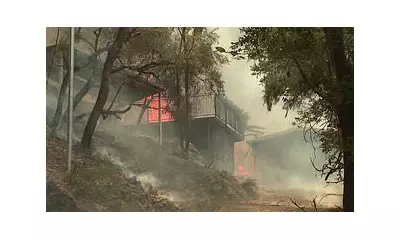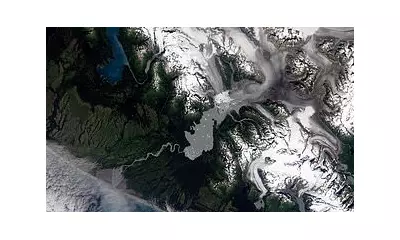
The Hawizeh marshes in southern Iraq, a UNESCO World Heritage Site and one of the region's most vital wetlands, are facing an unprecedented ecological crisis. A lethal combination of oil industry expansion and relentless drought has pushed this ancient ecosystem to the brink of collapse.
A Perfect Storm of Human and Natural Threats
Once a thriving oasis teeming with wildlife, the marshes are now rapidly transforming into barren wasteland. Satellite imagery reveals shocking shrinkage of water bodies, with some areas losing over 60% of their surface water since 2020.
Oil Industry's Heavy Footprint
The marshes sit atop Iraq's rich oil reserves, making them a prime target for energy extraction. Oil companies have constructed extensive networks of canals and pipelines, disrupting natural water flows. Toxic runoff from drilling operations has contaminated remaining water sources, creating dead zones where no aquatic life survives.
Climate Change Accelerates the Crisis
Compounding the man-made damage, Iraq has endured five consecutive years of below-average rainfall. The Tigris and Euphrates rivers, the marshes' lifeblood, carry less water than ever before due to upstream damming in Turkey and Iran. Temperatures regularly exceed 50°C in summer months, evaporating what little water remains.
Cultural and Ecological Disaster Unfolding
The marshes have sustained the indigenous Marsh Arab culture for millennia. Their unique way of life, built around reed houses and water buffalo herding, is disappearing as families abandon the area. Biodiversity loss is equally catastrophic - populations of migratory birds, otters and the endangered Basra reed warbler have plummeted.
Last-Ditch Conservation Efforts
Local environmental groups are working to redirect water flows and remove oil industry blockages, but their resources are dwarfed by the scale of the problem. The Iraqi government has pledged $50 million for restoration, though critics argue this is too little, too late.
As the dry season approaches, experts warn the marshes may reach a point of no return within two years. The disappearance of this ecological treasure would represent one of the Middle East's greatest environmental tragedies.





